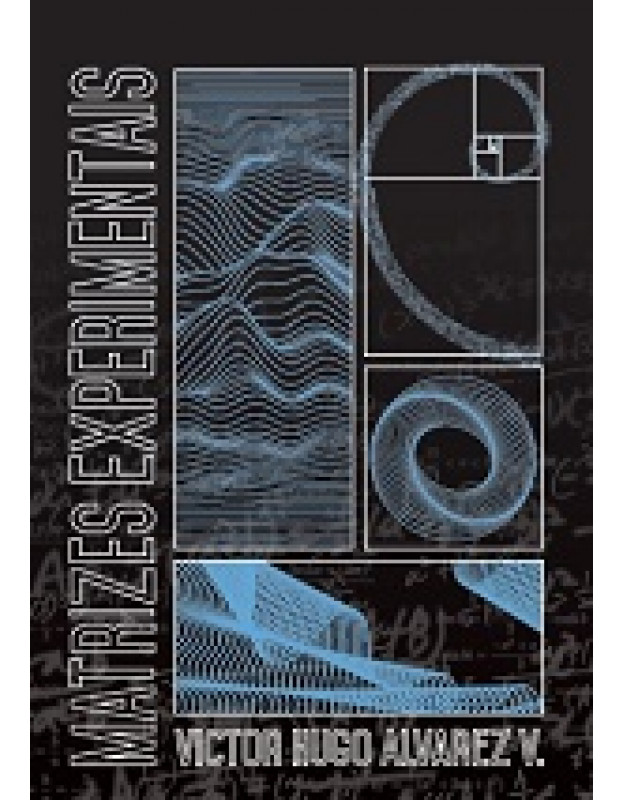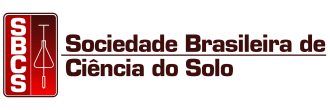
PRESENTATION
If someone had proposed me to write a book of memoirs it would have been very difficult to choose the topic. If from my travels as a professional student. From the Research Institutes where I interned and the Universities where I studied. Of the Churches and Museums, Monuments and Ruins that I visited and admired. However, he would not have the knowledge, time or capacity for these endeavors.
Back from Chile, after visiting the city of Puerto Montt, center of salmon production and exportation, the city of Puerto Varas, city of roses, of Frutillar, a city of 15,000 inhabitants and a theater for 2,500 spectators, a must see the Andes mountain range, the Todos los Santos lake, finding a way to Bariloche, contemplating and spending the end of 2017 on the shores of Llanquihue lake, crowned by the Osorno and Carbunclo volcanoes, I felt lazy to resume work in the Department of Soils at the Federal University of Viçosa, until someone whispered in his ear “be ashamed and write about Experimental Matrices”
My subconscious had been demanding this book, which would be about the memories of acquiring very specific knowledge throughout my undergraduate, specialization, postgraduate studies and as a researcher and teacher in the area of fertility and soil chemistry and plant nutrition. Acquisition in direct contact with my teachers and recommended textbooks and in planning research projects of my work and that of many supervisees and co-supervisors that I have had over 57 years of teaching.
My memories therefore return to graduation, to the discipline of Statistical methods and experimental designs with professor Heliodoro Miranda from CATIE, Turrialba, Costa Rica, who, taking advantage of his sabbatical year, taught this discipline at the Escuela de Ingenieria Agronomica de la Universidad Central del Ecuador.The textbook used in this subject was Métodos estadísticos para la Investigación by José Calzada Benza.
After graduating, I received a scholarship from FAO to study soil fertility and nutrition of oil palm and coconut plants at IRHO and ORSTOM in Paris, where I studied the subject of Méthodes statistiques en biology et en agronomie with professor André Vessereau and internships at biometrics departments, especially IRHO, IFAC and IRCT, where I met M. Louis Richard, a fact that allowed me to come into contact with his doctoral thesis Les études de nutrition minérale chez les végétaux: Contribution a leur méthodologie.
The practical part of my internship was at IRHO, at the Lamé experimental station, Ivory Coast, where I learned about the experimental technique of the missing element and 2k factorials. And in the book from the Abidjan Symposium (1959) on Nutrition minérale et engrais I verified the dispute over preference between factorials and systematic variants.
This dispute did not reach Brazil, as during my internship at ESALQ with professors Frederico Pimentel Gomes and Humberto Campos I studied factorials and especially experimental designs.
Returning to Ecuador and now as a professor, at the Facultad de Agronomia e Veterinária de la Universidad Central del Ecuador, of Statistical Methods, he acted as a counterpart to Glen Atkinson, advisor to the United Nations for experimental techniques, an opportunity in which he was able to see the resistance he had to accept the use of split-plot designs.
During his master’s degree in phytotechnics, at UFV, he was a student of Laede Maffia de Oliveira, a professor who emphasized rigor in the interpretation of analyses.
During my doctorate, at the College of Postgraduates in Chapingo, Mexico, I had a great boost in acquiring knowledge in experimental techniques and especially in experimental matrices, in classes, with professors Antonio Turrent Fernández and Regis Lair.
As a professor at UFV, I had the satisfaction of guiding many students, each project was a challenge to find the best matrix and the best experimental design, to be able to adequately test the hypotheses and achieve the objectives. This enriched my knowledge, my memories, especially through Roberto de Aquino Leite’s thesis.
Experimental matrices constitute an important chapter of the postgraduate course, Soil Fertility Assessment, of the Soil and Plant Nutrition program at UFV.
Throughout the text an effort was made to use for numbers, not the name of the number, but the corresponding digits from 0 to 9. 2 repetitions are 2 repetitions; 4 solos, 4 solos and that’s it.
This book is not to be read, it is to be studied. It is to be understood and not memorized. It was imagined as a source of consultation for researchers, so that when generating scientific knowledge they are prepared, like me, to Know how to do it and Know how to do it well (Savoirfair! et Fair comme il faut!).
Victor Hugo Alvarez V.
Specification:
| Year | 2021 |
| Title | Matrizes Experimentais |
| Publishers | Víctor Hugo Alvarez V. |
| Publishing company | Sociedade Brasileira de Ciência do Solo |
| ISBN | 978-65-990664-7-4 |
| Language | Português |
| Pages | 194 |
| Content | Contents Presentation, vii Preface, xi Importance of Experimental Matrices, 1 Relationship between exploratory space and response space, 5 Quality of Experimental Matrices, 9 Experimental Matrices, 14 Experimental Matrices for exploratory research, 15 2k Factorials, 15 Confounding, 17 Orthogonal contrasts, 20 Lotification, 25 Additional treatments, 43 Prolongations, 45 3k Factorials, 46 4k Factorials 53 Baconian Matrices, 62 Mixed Matrices, 68 Missing Element, 75 Matrices for Optimization Research, 79 Level Scales, 79 Choice of Si Value, 81 Experiments 1st Order, 83 2nd order Experiments, 86 Importance of choosing Si, 88 Criteria for choosing the value of , 92 Rotational composite Central Matrix, 98 Rotational composite Central Matrix ½ 25 + 2 × 5 + 6, 102 Composite Central Matrix rotational ½ 24 + 2 × 4 + 6, 109 Central Composite Box modified by Berard, 113 Augmented Box-Berard Matrix (1), 116 Augmented Box-Berard Matrix (3), 118 Double Square Matrices, 122 Escobar Double Square Matrices , 125 Triple Square Matrices, 128 San Cristóbal Experimental Matrices, 134 San Cristóbal Orthogonal Matrices, 140 Plan Puebla Experimental Matrices, 144 Systematic Variants and Cutting Methods and Simplex Centroid, 143 Systematic Variants, 153 Cutting Method, 156 Simplex Centroid, 163 Relationship between Experimental Matrices and experimental designs, 169 Literature consulted, 192 Acknowledgments, 194 |




